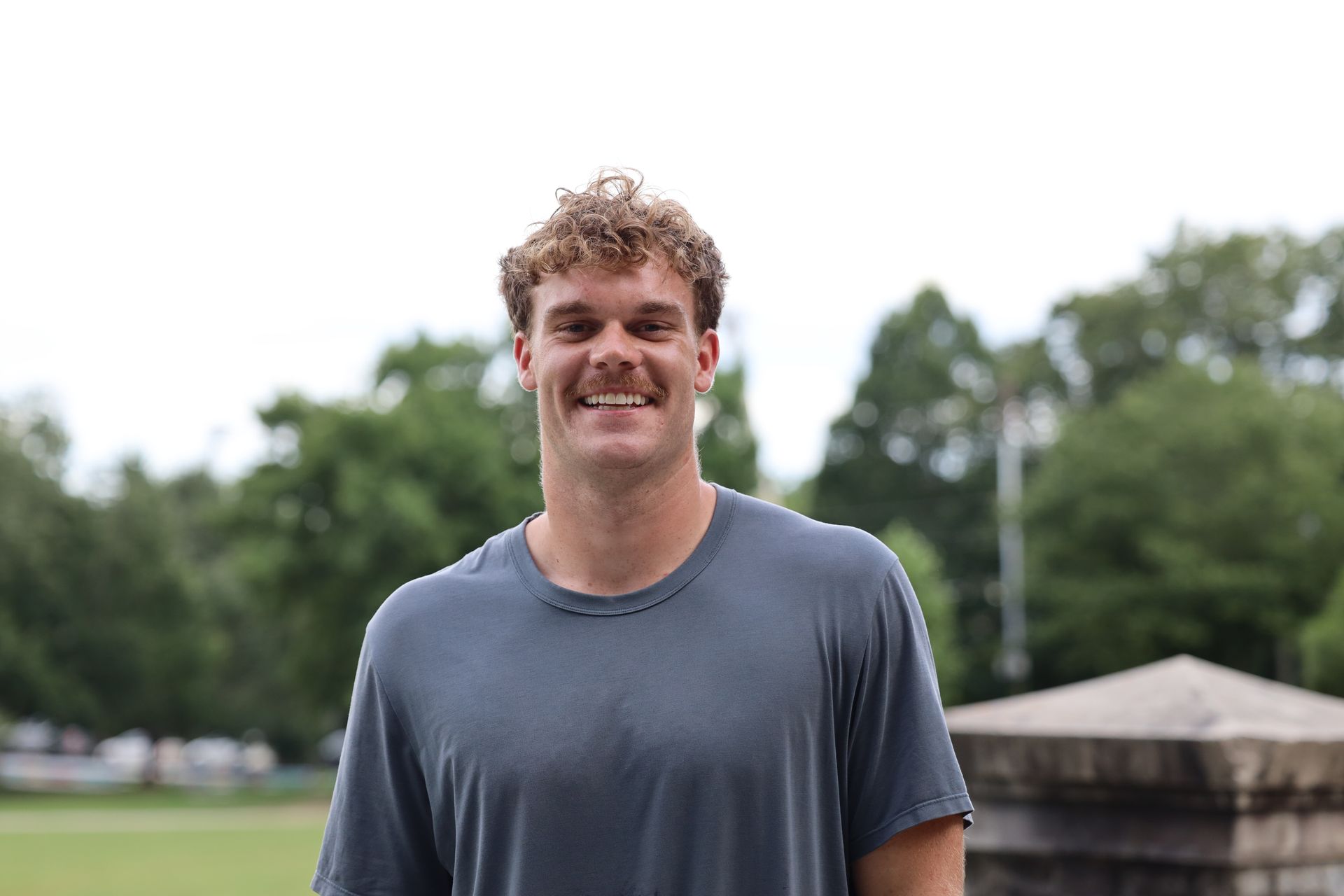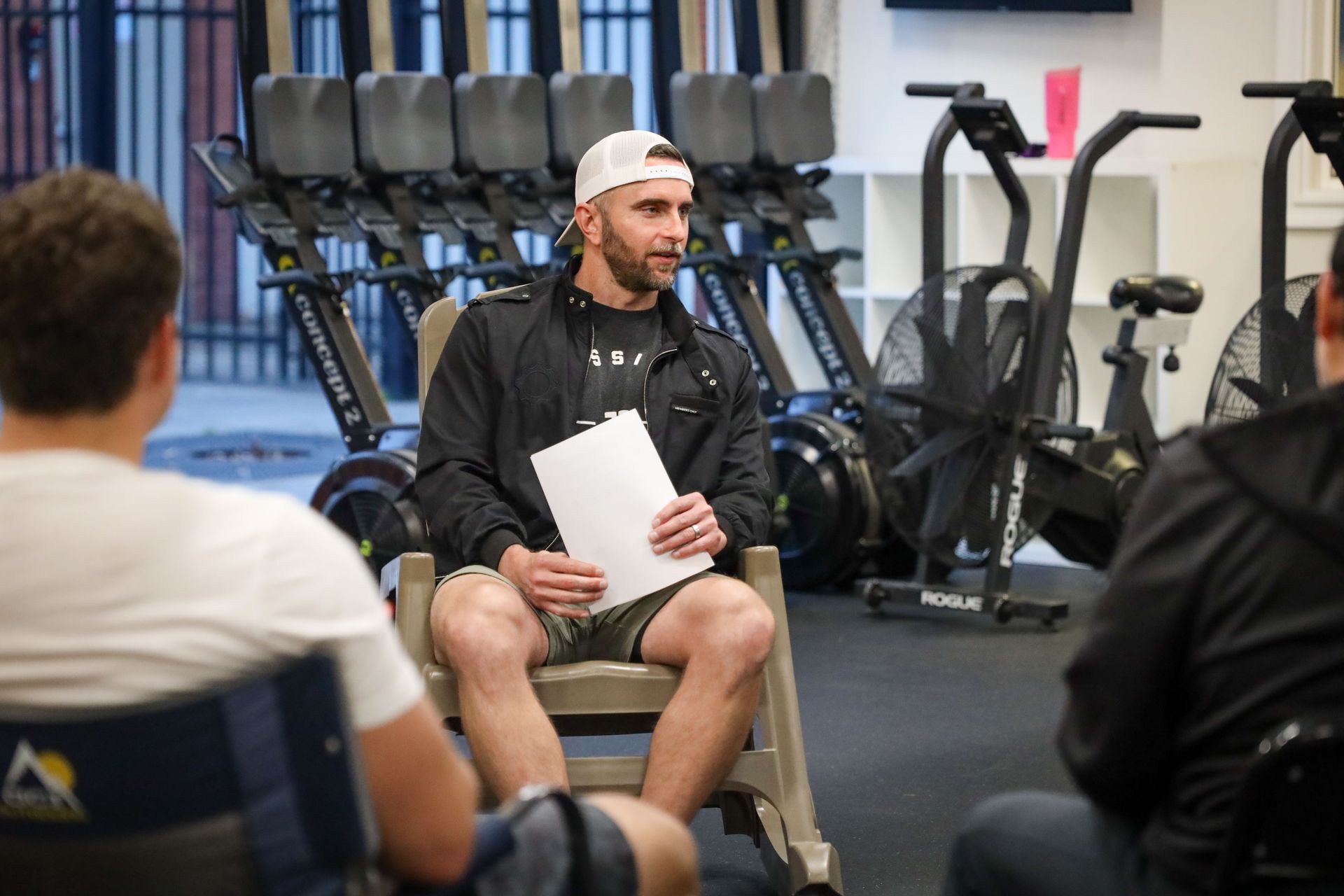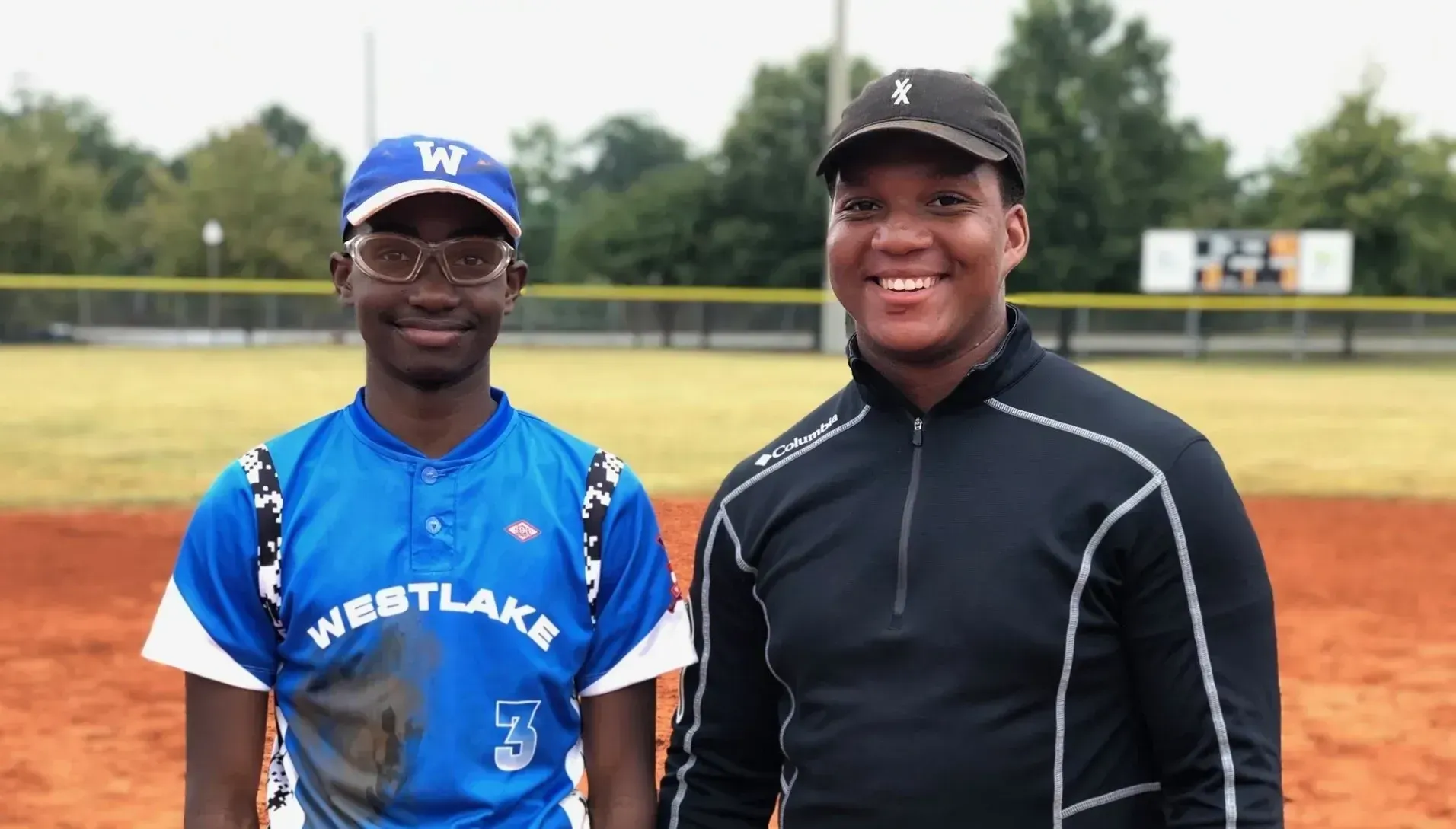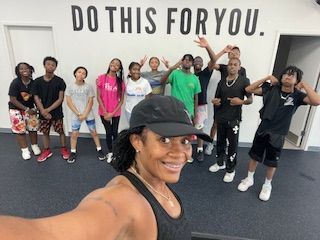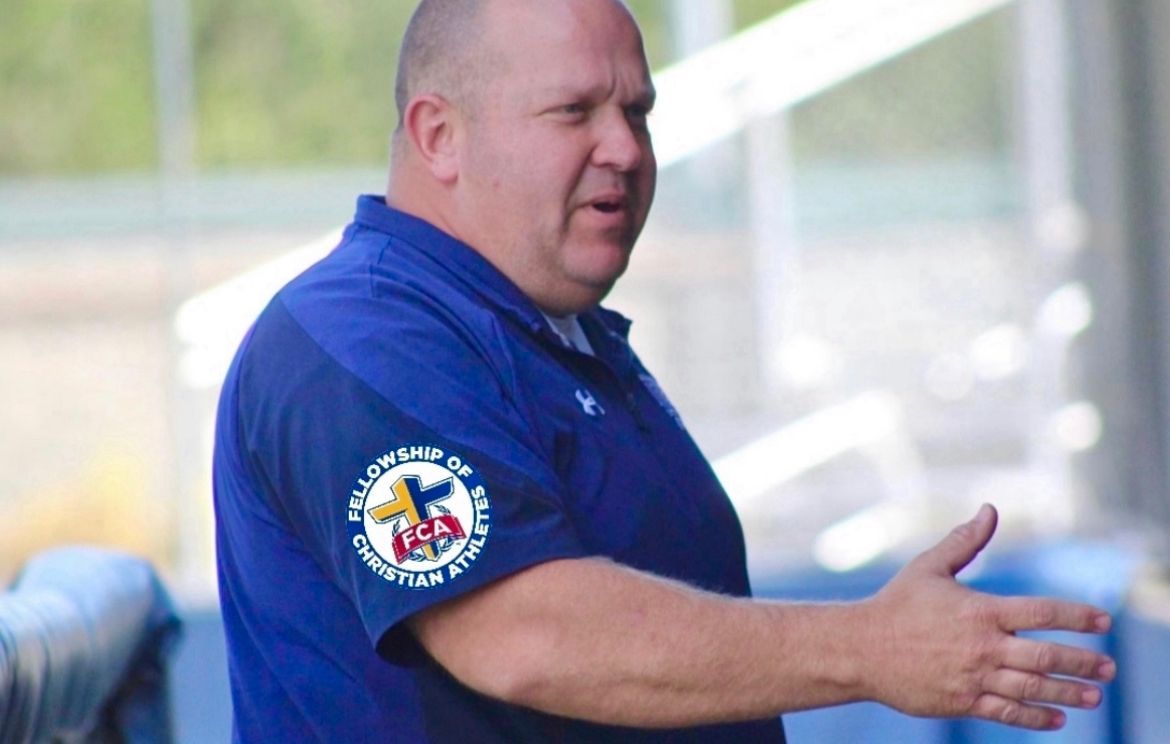The Most Important "P" in Leadership
The Most Important “P” in Leadership
I spoke to the leader of an organization once who was having trouble moving the organization forward toward its goals. When we sat down to talk I began to ask him specific questions about his challenges and then asked him to tell me some of the things he had done to try and fix those challenges. He did what most leaders do during these types of challenges, he rattled off a lot of policies and procedures he had put into place with his leadership team. He stated that the bulk of his meeting times were spent on strategies and procedures to implement those strategies. I asked him to describe, in one word, his feelings about the current state of his team’s response those policies and procedures.
His response: “Frustrated!”
The reality is he had not truly done anything wrong, he simply needed to reorder his priorities as a leader. Too many leaders jump to policies, procedures or game plans when attempting to execute a vision, reach a goal or fix a problem. Polices, planning and procedures all have a place in the leadership of an organization, the reality is everyone needs recognized boundaries and road maps in order to execute their responsibilities. But this is not where leaders need to invest the bulk of their time. Great leaders understand that it’s always People over Policies . I heard a football coach once say, “we can have the best game plan but if we don’t have the buy in from the players than the game plan is just a sheet of paper.”
As leaders, how can we continue to put people first?
Envision . Great leaders envision how people can best influence the organization toward success. Webster’s definition of envision reads; “to imagine as a future possibility; visualize.” When leaders put people first that are able to see the impact a person can have on the future and then they begin to invest their time into that potential. Eleanor Roosevelt once stated about leading others; “For our own success to be real, it must contribute to the success of others.” Great leaders, who put people first, design future strategies around the strengths of those they lead; not design people around policies.
Energize . Great leaders create a people first culture by providing leadership and direction that energizes people to achieve goals and tackle policies. Too many times I have seen leaders use policies and strategies in an attempt to build an energetic culture. This type of leadership is never sustainable. Great leaders build a culture where people find their energy around their why instead of a created how. “There are only three measurements that tell you nearly everything you need to know about your organization’s overall performance: employee engagement, customer satisfaction, and cash flow. It goes without saying that no company, small or large, can win over the long run without energized employees who believe in the mission and understand how to achieve it.” – Jack Welch, former CEO of GE
Enable. Great leaders who put people first, enable people to lead, succeed and even fail. Leaders who grow frustrated with those they lead are usually leaders who feel they know everything, have all the answers, or don’t trust their people. The most successful organizations are full of people who have the space to feel enabled and empowered to do the work and execute the vision. Steve Jobs, the late CEO of Apple once said, “It's not the tools you have faith in. Tools are just tools -- they work or they don't work. It's the people you have faith in, or not .” - Steve Jobs. Enabling your followers builds strength and allows other leaders to rise to the top of the organization.
Invest in your people and the return may be amazing.
The Race Marked Out for Atlanta
